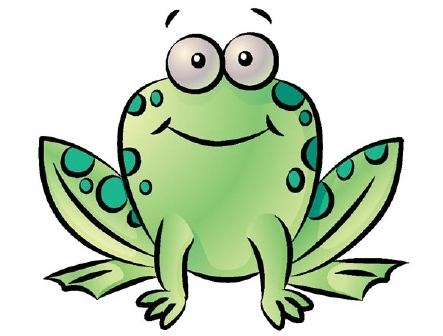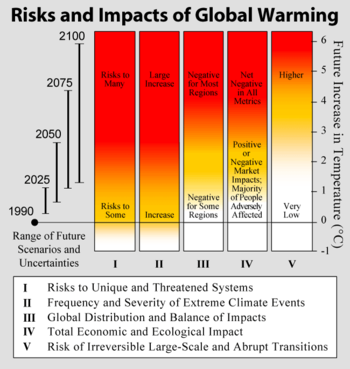"Mama and Papa"
Papa
Courageous, dependable
Loving, understanding, caring
Painter, father, laundry cleaner, mother
Cooking, cursing, caring
Pudgy, grumpy
Mama
"Grey"
Red are the stolen apples,
Clear are the tears that Liesel cries;
Grey is the color
Of Papa's bold eyes.
White is the snowman,
Yellow is the star on the door;
Grey is Max's face
Before finding a cure.
Black is the basement
Brown is the teddy-bear;
Grey is the dust from the bomb
That lingered in the air.
By:
Mooslover1892
Papa
Courageous, dependable
Loving, understanding, caring
Painter, father, laundry cleaner, mother
Cooking, cursing, caring
Pudgy, grumpy
Mama
"Grey"
Red are the stolen apples,
Clear are the tears that Liesel cries;
Grey is the color
Of Papa's bold eyes.
White is the snowman,
Yellow is the star on the door;
Grey is Max's face
Before finding a cure.
Black is the basement
Brown is the teddy-bear;
Grey is the dust from the bomb
That lingered in the air.
By:
Mooslover1892




